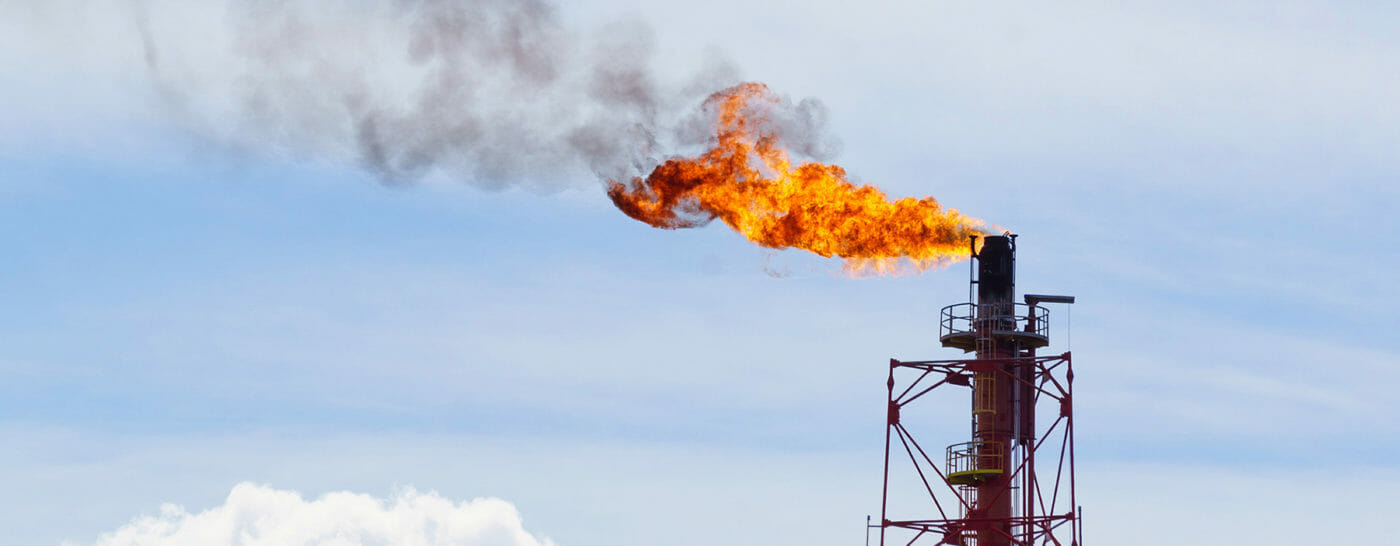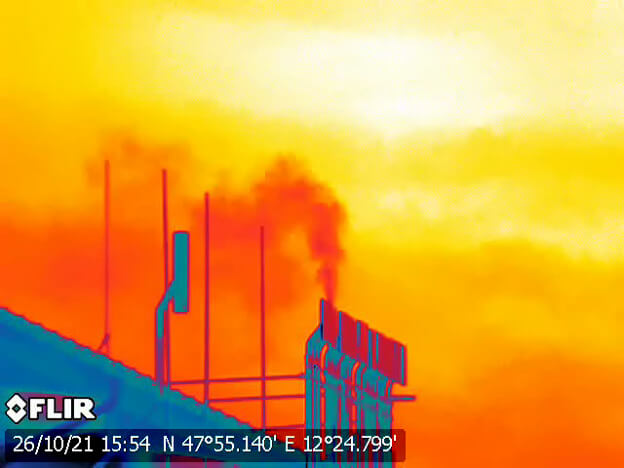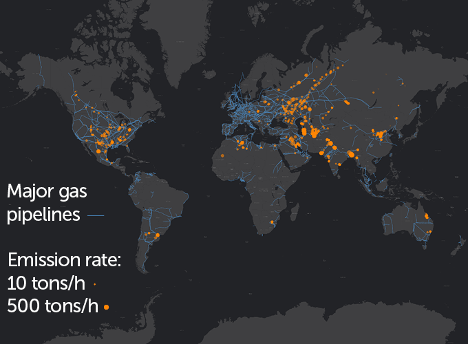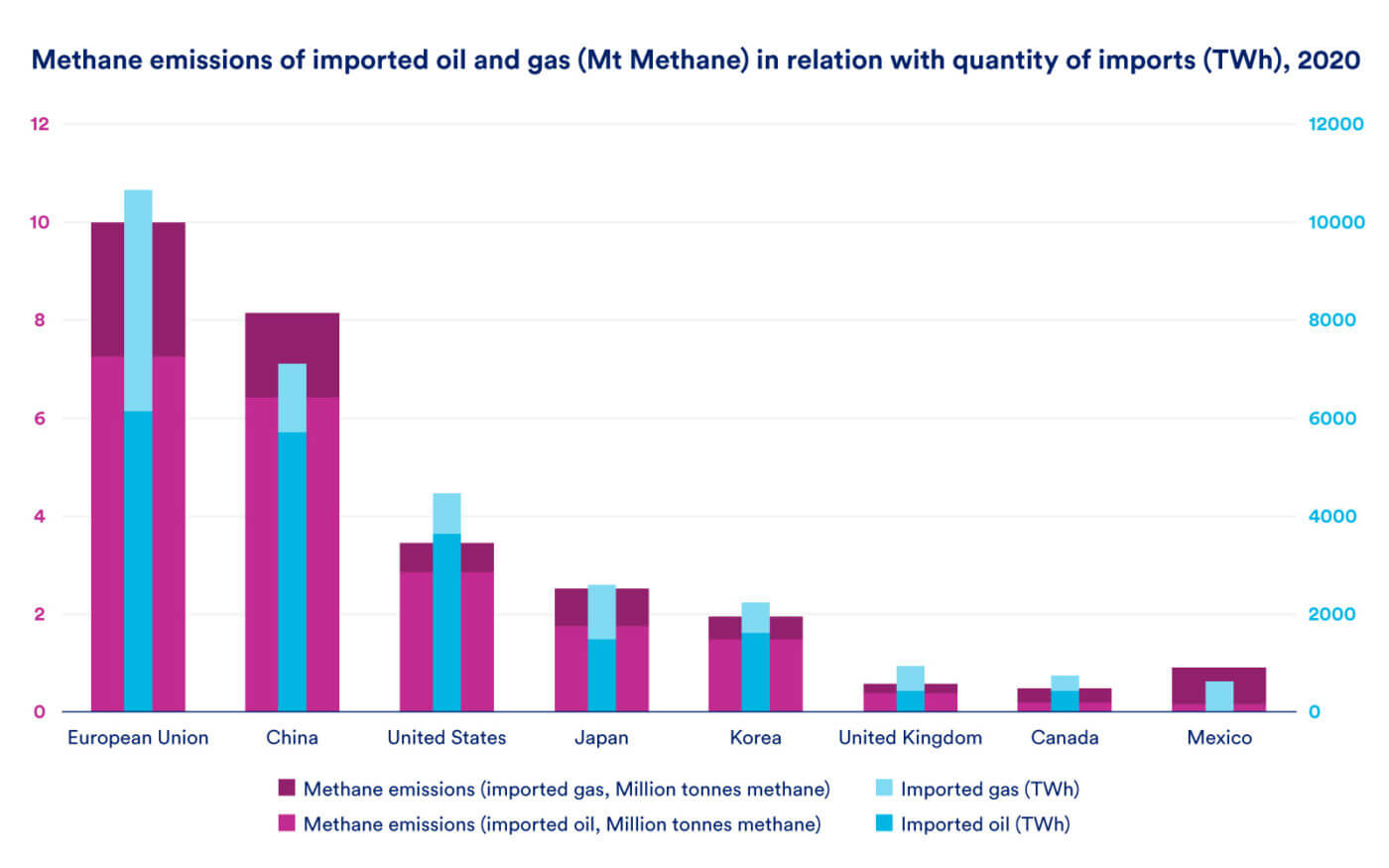
The IEA’s Methane Tracker shows massive underestimation of methane emissions in national inventories
Earlier this year, the International Energy Agency (IEA) released its updated and expanded Global Methane Tracker, an annual report on the state of methane emissions around the world. The report’s conclusions do not come as a surprise, but they should worry every policymaker about the continuation of out-of-control methane emissions.
The IEA’s new report comes between the latest assessment reports by IPCC (Working Group II on impacts and Working Group III on mitigation) which explicitly warns us about the damages our changing climate is causing. IPCC tells us that our climate is warming in ways that could push the planet past irreversible climate tipping points and outlines what measures we must take to reverse the trend in warming. As a result, we must do everything we can to slow the rate of warming, and immediate action to reduce methane pollution is the best strategy we have to do that within the crucial next few decades.
Here are a few key highlights from IEA’s methane report.
National Inventories Underestimate Methane Emissions by 70%
CATF has spent the past year and a half documenting methane emissions at oil and gas facilities across Europe (see: Reuters, Bloomberg, Die Zeit, Financial Times). Prior to our work, European policymakers and industry representatives said methane was not a problem here. In contrast to that expectation, we documented more than 450 sources of emissions after visiting more 300 sites across 12 different European countries.

Methane is a problem everywhere we look. This IEA report adds to research over the last five to ten years that has highlighted the gaps in national inventories, showing large discrepancies in reporting.
- In the United States, a team of scientists published a groundbreaking report in Science in 2018 documenting methane emissions across the entire supply chain. Using a combination of aerial and ground-based data, they determined that the actual methane emissions were approximately 60 percent higher than official government estimates.
- A similar study was published in 2021 looking at Mexico’s onshore and offshore production. It found the actual emissions from the oil and gas industry could be more than 100 percent higher than the national inventories.
- Likewise, in 2021 researchers published findings that emissions from Canadian upstream oil and gas (excluding oil sands operations) are 50% higher than estimated in national inventories.
- More recently, an international team of scientists published a study analyzing two years of satellite data showing ‘ultra-emitting’ sources from Europe’s Sentinel-5P program. We suspect many of these ultra-emitters, releasing more than one ton of methane an hour, are not being reported in national inventories. Prior to the use of satellites to track large methane releases, governments usually had no way of knowing of these releases.

The European Union Has a Massive Methane Footprint from Imported Fossil Fuels
The EU’s oil and gas infrastructure directly emits less methane than the infrastructure in other regions of the world, because the EU produces far less oil and gas than other regions. Therefore, on paper, it looks like the EU has a small methane footprint, as shown in the chart below. However, as the largest importer in the world, a huge amount of methane emissions occurs during the upstream stages of oil and gas production before it arrives in the EU.

The IEA has estimated how much methane pollution results from production to meet the demand of importer regions and countries. The chart below shows total methane emissions from oil and gas imports to various regions, compared to the regions’ oil and gas energy imports.

When you include upstream emissions from import countries, the EU’s methane footprint is massive. According to the IEA, the EU’s methane emissions for imported oil and gas in 2020 is 10 million tonnes (Mt). Taken together with the methane emissions within the EU in 2020, the EU’s total responsible methane emissions in the oil and gas sector is 14 million tonnes. For comparison, 14 million tonnes of methane warms the climate in the decades after it is released more than the CO2 emissions from Germany and Italy combined in 2020.
As such, the EU must take responsibility for all methane pollution created to meet its energy demands. While the bloc is currently debating how to reduce methane emissions from fossil fuels, the proposed regulation does not provide a concrete solution for handling methane emissions from imported oil and gas.
A substantial amount of oil and gas Europe imports currently comes from Russia, but as a result of the war in Ukraine, the European Commission has indicated with the REPowerEU plan there is a desire to increase reliance on the U.S. and other energy exporters for oil and gas, at least in the short term. This shift will not reduce the EU’s large methane footprint. The only solution to reducing the bloc’s impact on the climate while meeting its current energy demand is to implement strong import standards that regulate fugitive methane emissions from oil and gas suppliers.
A New Section on Mitigation Potential of Most Common Methane Abatement Policies
One new update to the IEA’s methane tracker is a section that calculates the estimated mitigation potential for specific methane abatement policies. The IEA identifies three of the most effective policies to reduce methane pollution: Leak Detection and Repair (LDAR), Zero Routine Flaring and Venting, and Technology Standards. This is a welcome addition to the report because it allows individual countries to make a quick assessment of the total that could be achieved with a particular policy.
Let’s take Algeria for an example. Algeria is the third largest gas supplier to Europe, behind Russia and Norway. According to the IEA, Algeria’s energy sector emits 2,592 kilotonnes (kt) of methane. More than 95 percent of these emissions come from onshore oil and gas production, where 2,000 kt come from vented or flared gas at both oil and gas facilities.
Significant reductions can be achieved through policy measures, like a ban on routine venting and flaring, a requirement for a leak detection and repair program, and setting technology standards to replace continuously-venting equipment. According to the IEA’s new policy tracker (chart below), more than 50% of emissions can be cut by introducing these three policy measures.

Not only would these measures reduce methane pollution, but recent analysis by Flare Intel shows that captured flared and vented gas in Algeria could supply additional gas to Europe using existing pipeline infrastructure and nominal investments in infrastructure.
The IEA’s data should be a wakeup call to policymakers around the world. Methane pollution in our atmosphere continues to rise, but we have clear, cost-effective solutions that can rapidly reduce the amount of methane being released into the air. The Global Methane Pledge has provided political space to make significant progress. Fast action on reducing methane pollution is one of the best ways to reduce global warming in the next 20 years. With collective action and strong regulations, we can slow the rate of planetary warming and notch another victory in the fight against climate change.



